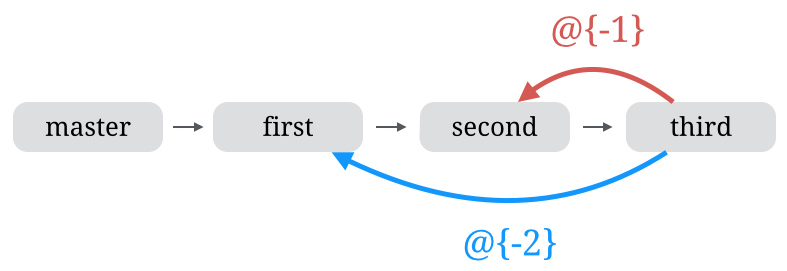
Moreover, the git log command shows no new commit on master. For example, the removed file Readme.md has come back. Next, let's switch back to the master branch and check if it's unmodified: $ git switch masterĪs we've seen, on the master branch, all changes to the working tree files we made previously have been restored. Then, we've committed the changes to the feature2 branch. Further, all uncommitted changes have been moved from master to the feature2 branch. & git commit -m 'feature2 is done'ġ file changed, 0 insertions(+), 0 deletions(-)Īs we can see in the output above, git switch -C creates a new branch feature2 and brings us to feature2. Next, let's use the git switch command to move these uncommitted changes to a new branch called feature2: $ git switch -C feature2 This time, we've removed the file Readme.md and added a new ReadmeNew.md file. Next, let's do the same test as git checkout -b on the myRepo project: $ git branchĪs we can see in the output above, we're currently on the master branch. It works pretty much the same as the git checkout -b command. Moreover, we can use the -C option to create a new branch and switch to it in one shot. As its name implies, git switch allows us to switch between branches.

Therefore, Git has introduced the git switch command since version 2.23 to clear some of the confusion from the checkout command's overloaded usage. The usage of the checkout command is pretty overloaded.

As a convenience, -track without -b implies branch creation see the description of -track below. In this case you can use the -track or -no-track options, which will be passed to git branch.
#Git checkout local branch software#
Git is a version control software that helps developers track different modifications in their code. git checkout -b-BThe same command can do many different kinds of operations, such as restoring the working tree files, switching branches, creating branches, moving the head, and so on. Git checkout remote branch is a way for a programmer to access the work of a colleague or collaborator. Further, there is no new commit on master, either.Īs we've known, Git's checkout command is like a Swiss Army knife. There is no local change on the master branch, as we can see in the output. Well make a new feature branch with: git checkout -b new-branch and then when we make changes and commit them, we can try to push that branch with: git. Now, let's switch back to the master branch and check if we've left it unchanged: $ git checkout master Next, let's stage and commit the changes: $ git add. No changes added to commit (use "git add" and/or "git commit -a")Īs the commands above show, we've created the feature1 branch and moved all uncommitted changes from master to feature1. " to discard changes in working directory)

Next, let's test the git checkout command on our myRepo project: $ git branch Moreover, this command will leave the current branch as it is and bring all uncommitted changes to the new branch. With the remote branches in hand, you now need to check out the branch you are interested in with -c to create a new local branch: git switch -c test origin/test. You can see the branches available for checkout with: git branch -v -a.
#Git checkout local branch how to#
current branch, master, develop, etc.), how to create a new branch from commit or tag and how to push a new branch to the remote Git repository (create remote branch).The git checkout -b command will create a new branch and switch to it. This will fetch all of the remote branches for you. To create a new branch there is a git branch command.īelow i will show the examples of how to create a new local branch in Git from another branch (e.g. This behavior may be changed via the global toSetupMerge configuration flag.
Instead of committing directly in local master branch, a good developer creates a new branch each time he starts working on a new bug or feature. When a local branch is started off a remote-tracking branch, Git sets up the branch (specifically the branch.

 0 kommentar(er)
0 kommentar(er)
